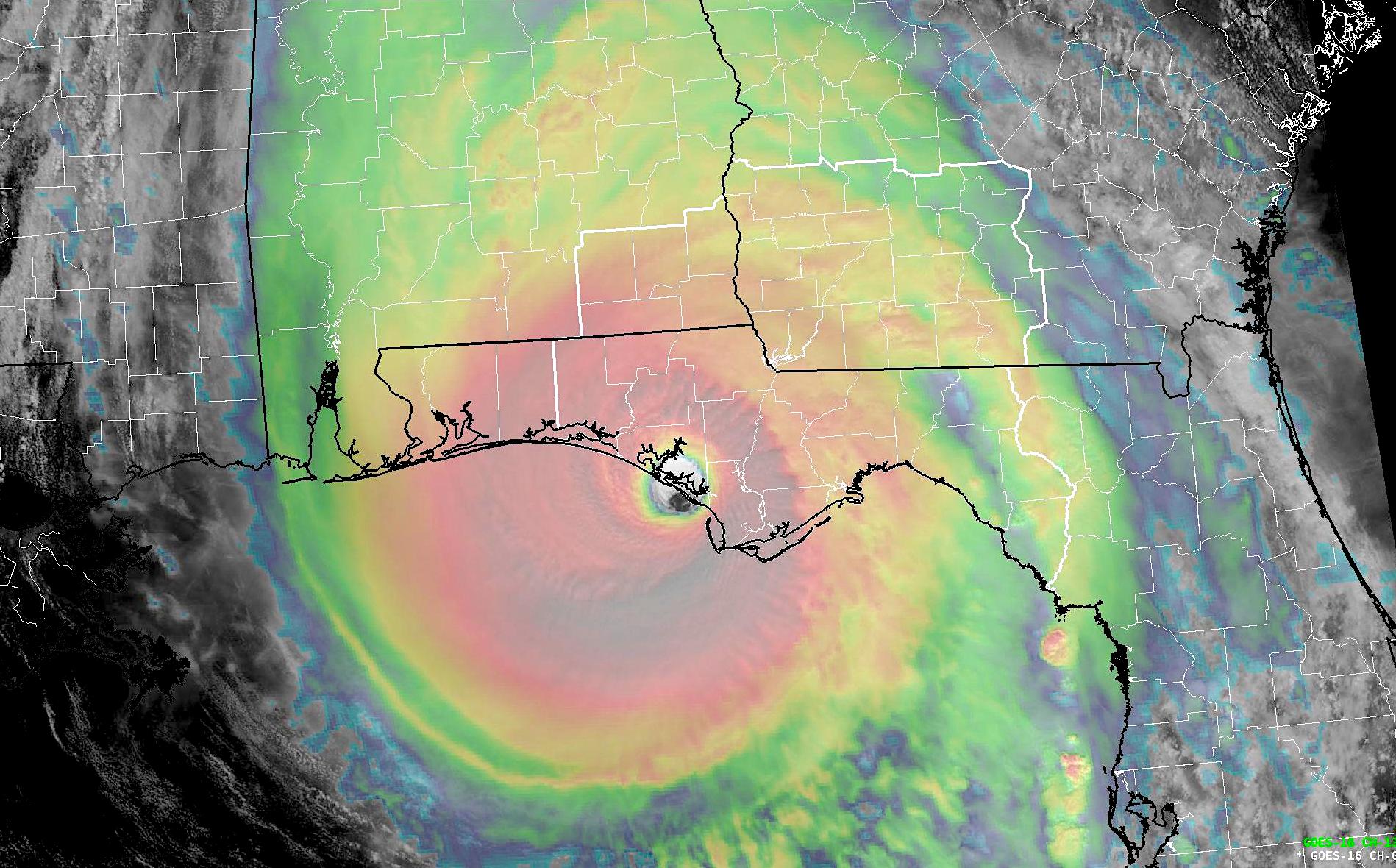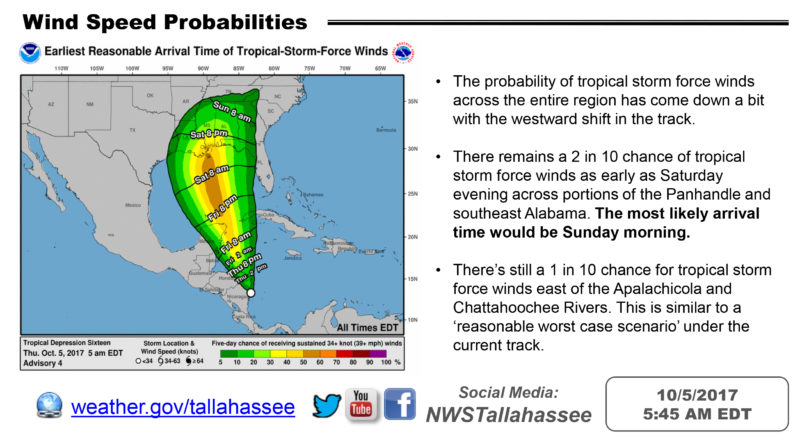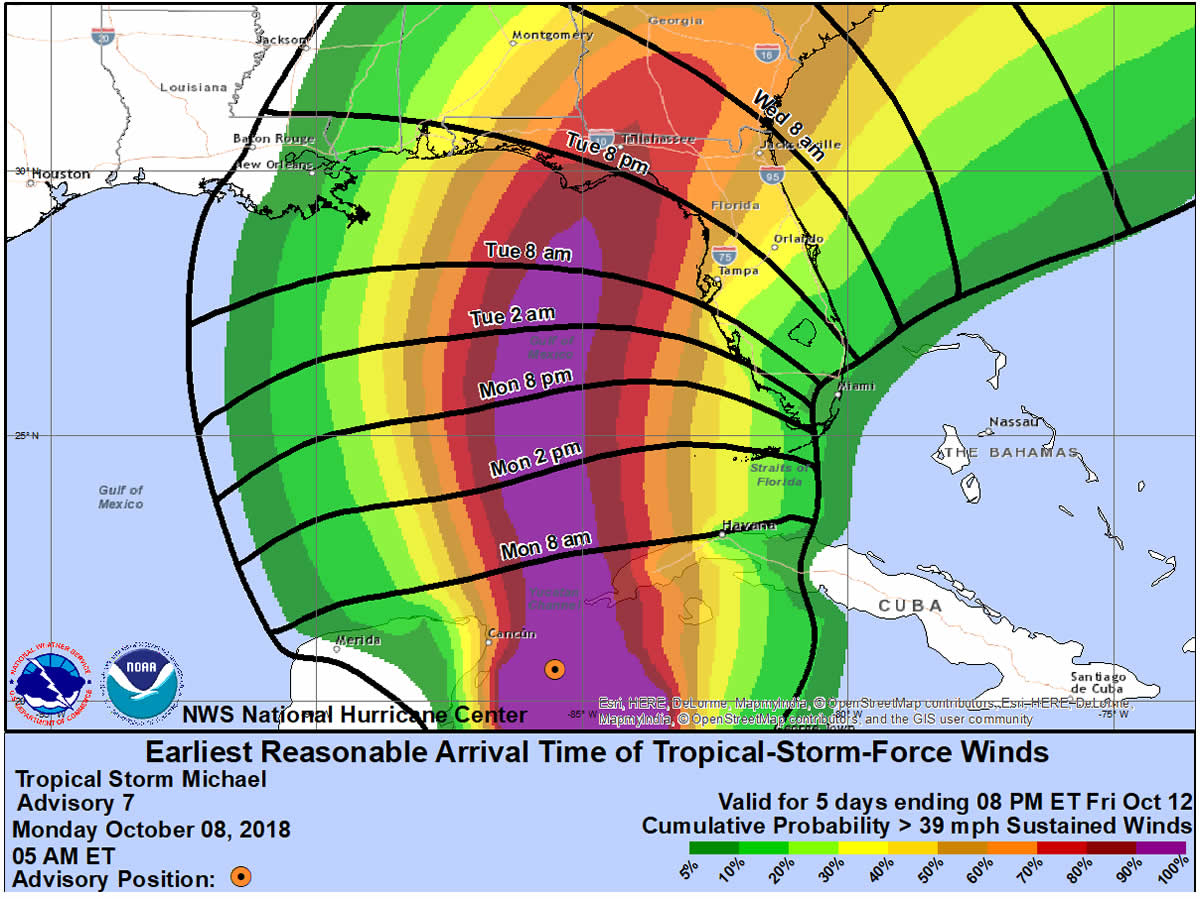
The National Hurricane Center has released their full and complete Tropical Cyclone report on Hurricane Michael. There are several notes of significance in the report, including the official upgrade of the storm to a Category 5 (previously thought to be a strong category 4). The 86 page report details wind speeds, storm surge, path and progression, timeline and more. You can read the full report here.
-
Key Facts (courtesy of the National Weather Service)
-
Hurricane Michael is the 4th Category 5 Hurricane to strike the mainland United States.
-
By central pressure, Michael remains the 3rd most intense mainland U.S. landfalling hurricane
-
Florida Keys Labor Day Hurricane (1935) – 892 mb (26.35”)
-
Camille (1969) – 909 mb (26.84”)
-
Michael (2018) – 919 mb (27.14”)
-
Andrew (1992) – 920 mb (27.17”)
-
-
By sustained wind, Michael remains the 4th most intense mainland U.S. landfalling hurricane.
-
Florida Keys Labor Day Hurricane (1935) – 185 mph (160 kt)
-
Camille (1969) – 175 mph (150 kt)
-
Andrew (1992) – 165 mph (145 kt)
-
Michael (2018) – 160 mph (140 kt)
-
-
-
First Category 4 or 5 Hurricane on record to strike the Florida Panhandle
-
Latest Category 5 mainland U.S. landfalling hurricane on record (Oct. 10)
-
Michael caused 16 direct fatalities in the United States
-
Florida: 7 total; 5 storm surge, 2 wind
-
Virginia: 5 freshwater flooding
-
North Carolina: 3 wind
-
Georgia: 1 wind
-
-
Michael was associated with 43 indirect deaths in the United States, all in Florida.
-
Causes of the indirect deaths included falls during the post-storm clean up, traffic accidents, and medical issues compounded by the hurricane
-
-
NCEI estimates that total U.S. damage from Michael was about $25 billion
-
$18.4B in Florida
-
$4.7B in Georgia
-
$1.1B in Alabama
-
Smaller amounts in SC, NC, VA
-
-




Be the first to comment